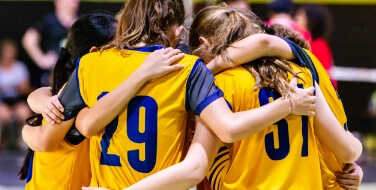Did you know that approximately 1.3 million injuries occur each year among college athletes in the United States? Furthermore, college athletes have a 75% chance of sustaining an injury during their 4-year career.
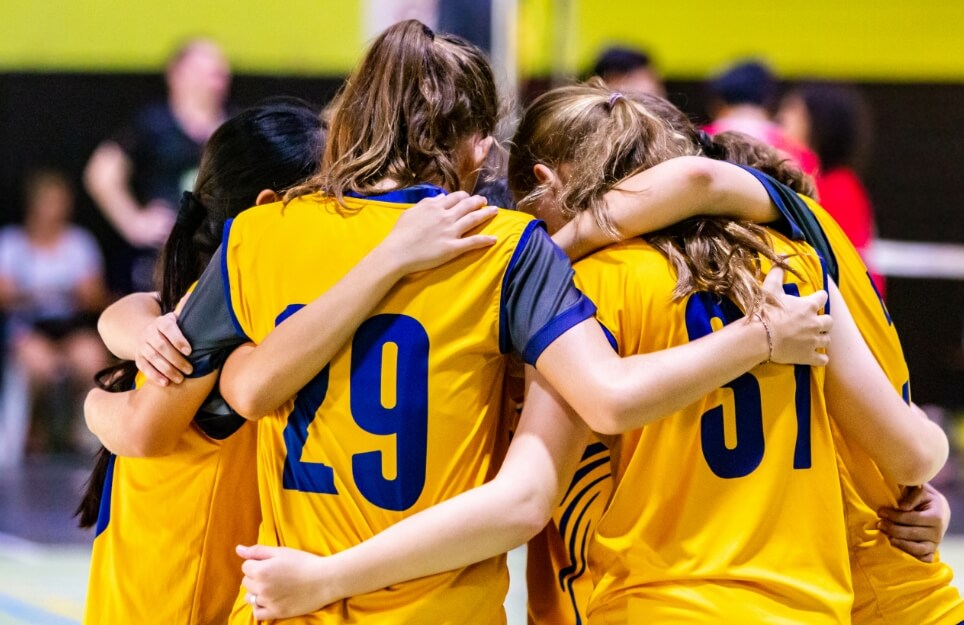
A major concern for coaches, medical professionals and the athletes themselves, how exactly are high level college athletes being protected from injury?
Read on to find out:
- What are the most common injuries in college athletes?
- Which college sports have the highest injury rates?
- How do sports injuries affect your team?
- What are some of the best preventative measures for college sports injuries?
- How long does it typically take for a student athlete to recover from a sports injury?
- How are High level athletes protected from injuries?
- How to protect college athletes from sports injuries
- What are the best treatments for sports injuries?
What are the Most Common Injuries in College Athletes?
Some of the most common injuries in college athletes are:
- Seasonal injuries such as muscle and tendon strains, ligament sprains, bone fractures and concussions.
- Football injuries such as knee sprains, collarbone and clavicle fractures, shoulder dislocations and concussions.
- Basketball injuries such as stress fractures to the lower body and feet, tendonitis, torn ACL or Meniscus and concussions.
- Soccer injuries such as an ACL tear, Meniscus tear, knee sprains and knee strains.
- Baseball injuries such as an elbow MCL sprain, shoulder strains, torn rotator cuff and torn labrum.
Which College Sports Have the Highest Injury Rates?
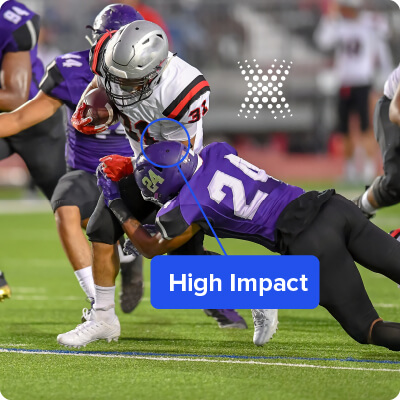 As you might expect, high impact sports such as football, ice hockey and wrestling which involve helmet to helmet action have the highest injury rates. On the other end of the scale, low impact sports such as swimming, golf and track & field typically have the lowest injury rate.
As you might expect, high impact sports such as football, ice hockey and wrestling which involve helmet to helmet action have the highest injury rates. On the other end of the scale, low impact sports such as swimming, golf and track & field typically have the lowest injury rate.
That being said, without proper training and recovery, any athlete can experience an injury regardless of the type of sport that they play.
How do sports injuries affect your team?
Whether you are coaching a sports team in high school or in college, injuries can have a seriously detrimental effect on the person affected and the entire team and requires schools to have the proper precautions and recovery practices in place.
When someone succumbs to an injury, they may face both physical and mental setbacks during their recovery which can have an impact upon their performance when they return. It can also be hard to watch their teammates continue to train and compete without them.
In terms of the other athletes, losing someone to an injury can affect the season’s outcome as well as have a detrimental effect on overall morale.
Sports injuries in high level college athletes can also be expensive, with surgical procedures and months of physical therapy costing the team greatly. This is even more problematic in severe injuries that require long-term rehabilitation.
What are Some of the Best Preventative Measures for College Sport Injuries?
As the saying goes “prevention is better than a cure” which is why it is so important for high level college athletes to take active steps to prevent injuries from occurring.
There are several preventative measures that college athletes and their trainers can adopt to help prevent sports injuries including:
Strength Training and Flexibility Exercises
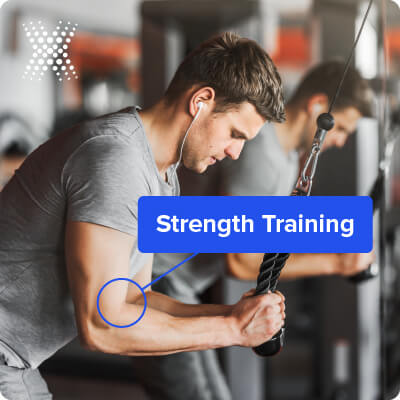 Strength training is key in the prevention of injuries as it helps to strengthen your muscles and bones and increase your range of motion. This type of training can also help to get your body ready for daily training sessions and enhance your overall performance.
Strength training is key in the prevention of injuries as it helps to strengthen your muscles and bones and increase your range of motion. This type of training can also help to get your body ready for daily training sessions and enhance your overall performance.
Regular flexibility exercises are also highly effective at reducing your risk of becoming injured as they help your body be able to withstand more stress and increase range of motion.
Rest and Recovery
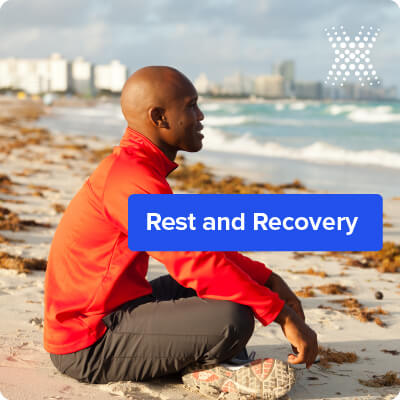 In between training sessions and competitions, it is vital that high level college athletes are given sufficient time to rest and recover. This is particularly important if they have suffered with a sports injury in the past.
In between training sessions and competitions, it is vital that high level college athletes are given sufficient time to rest and recover. This is particularly important if they have suffered with a sports injury in the past.
While it may seem like college athletes are getting stronger and more powerful, the human body still needs time to rest after periods of high intensity physical activity if it is going to be able to perform at its best and not succumb to injuries.
Protective Gear
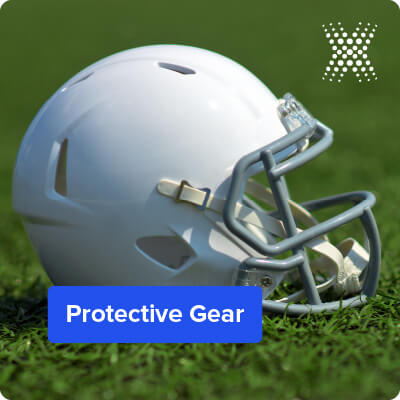 Wearing the right protective sports gear is vital in the prevention of injuries. For example, a head injury can easily be avoided by always wearing a helmet when playing football and other high impact sports.
Wearing the right protective sports gear is vital in the prevention of injuries. For example, a head injury can easily be avoided by always wearing a helmet when playing football and other high impact sports.
Ideally, high level college athletes should have access to high-quality protective gear from trusted and reputable brands within the industry.
How Long Does it Typically Take for a Student Athlete to Recover From a Sports Injury?
The time is takes for a student athlete to recover from a sports injury is dependent upon the injury itself and its severity. Minor sprains and strains may only take a few days or weeks to heal, whereas any injury that requires surgery can take a lot longer.
The length of the healing time will also vary depending on the treatment chosen. For example, stem cell therapy for sports injuries offers a highly effective and fast way to recover from a wide range of sports injuries.
How are High Level Athletes Protected From Injuries?
All athletes, including college athletes, are protected by a duty of care by the responsible sport’s governing body. This works in much the same way as employers who have a duty of care to their employees.
There are basic standards of care that are expected during any official sporting event such as safety checks of the equipment, a qualified referee to ensure that all rules are adhered to and first aiders standing by in the event of an incident or injury.
That being said, it is not just the sporting body that has a duty of care in college sports. All coaches or referees also have a similar legal and moral obligation to protect the athletes. More specifically, they are responsible for making sure every step has been taken to remove any risks from both the training sessions and from the field of play.
If this duty of care is ever neglected, an athlete has the right to file a sports injury compensation claim.
How to Protect Student Athletes from Sports Injuries
There are several ways that you can protect student athletes from sports injuries, most of which are simple and straightforward to implement.
Listen to the Body
All too often high level college athletes ignore warning signs from their bodies and push on regardless. However, this is highly dangerous and can result in long-term injuries that they may never fully recover from.
Instead, it is vital that athletes learn to listen to their bodies, even when they are not participating in sports.
During a match or competition, college athletes should look out for signs of exhaustion or overexertion which could lead to an injury.
Focus on Hydration
The importance of hydration in sports should never be underestimated, with drinking enough water before and after competing being crucial in the performance and the prevention of injuries.
It is recommended that athletes hydrate for approximately 30 minutes before engaging in high intensity physical activity and, during a sporting event, that they rehydrate every 15-20 minutes or more frequently if possible.
Eat a Healthy Diet
Nutrition is equally as important as hydration for college athletes as diet has a direct impact upon both performance and the body’s ability to recover. Aim for a diet that is plentiful in fresh fruits, vegetables, lean proteins and healthy fats for optimum results.
Also, high level college athletes should avoid consuming junk food and processed foods, as well as alcohol and any tobacco products.
Gradually Increase Training
To avoid overuse injuries, it is vital that high level college athletes gradually increase the intensity and frequency of their training sessions. Try to incorporate low impact activities such as swimming and biking into your training sessions to give your muscles a break from the repetitive motions of your main sport.
Always Warm Up Properly
When partaking in any physical activity, a proper warmup is important but, in the case of college athletes, it is essential. A warmup should gradually increase your heart rate and loosen your muscles, both of which can help to prevent injuries and exhaustion.
What are the Best Treatments for Sports Injuries?
Stem Cell Therapy
When it comes to protecting high level college athletes from sports injuries, advancements in modern technologies such as stem cell research are leading the way. Offering one of the most effective ways to treat a wide range of sports injuries and manage chronic pain, stem cell therapy and regenerative medicines take advantage of the body’s natural healing process.
Stem cell therapies can be used to:
- Promote healing and regenerate damaged tissues
- Ease pain and reduce inflammation
- Speed up recovery from sports injuries and surgical procedures
- Alleviate chronic pain
- Extend range of motion
- Prevent the need for surgery (in some cases)
Physical Therapy
Physical therapy is highly effective in the treatment of sports injuries and can help you to heal more quickly and to prevent future injuries from occurring. Physical therapy can also reduce the likelihood of an athlete needing surgery and help with the management of pain.
